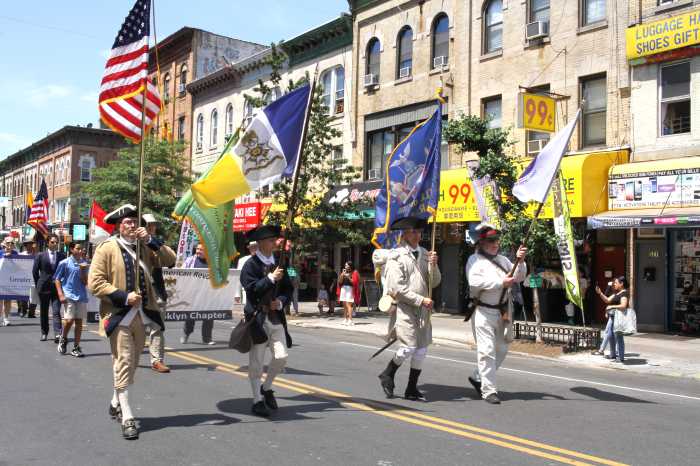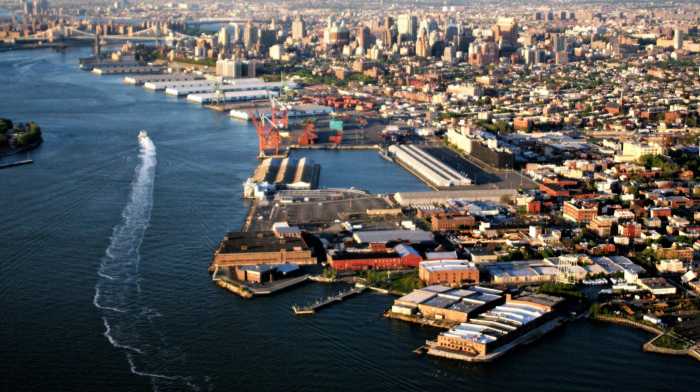No, the city has not upped the ante in its bid to designate nine acres of real estate inside the Coney Island amusement district as protected parkland.
Many in Coney Island were scratching their heads recently after receiving e-mails from the Coney Island Development Corporation (CIDC) suddenly putting the amount of proposed parkland at 11 acres.
The city turned off a lot of its supporters – and prompted the resignation of Coney Island USA artistic director Dick Zigun from the CIDC – when planners decided to shrink the proposed Coney Island amusement district from 15 acres to nine.
Recently, however, the CIDC began talking about an 11-acre amusement district as part of its rezoning and redevelopment plans.
What gives?
According to CIDC President Lynn Kelly, the amount of acreage is still the same – just with the land under Steeple Chase park to the west, and the Cyclone roller coaster to the east tacked on.
While some might view the move as an effort to puff up a paltry figure, Kelly argues that taken together, the amount of designated parkland would guarantee more than double the amount of amusement space that currently exists in Coney Island.
“That’s more than double the amount of open amusements now,” Kelly told the Bay News. “There are five acres now, and four and a half are owned by Thor Equities.”
Without parkland designation, Kelly maintains that there will only be half an acre of land – mostly controlled by Wonder Wheel operator Dennis Vourderis – left to gamble with.
Others, however, who view the city’s revised proposal as an unacceptable capitulation to developers and the CIDC’s numbers more than a little bit deceiving, maintain that as much as 61 acres of Coney Island land is presently zoned for amusements only.
Arthur Melnick, vice-chair of Coney Island United, says there shouldn’t be any zoning change at all.
“Sure there can be some modifications, maybe bring it up to date a little, but you don’t want to enclose the amusement park,” Melnick said.
One of the main points the city has been insisting upon all along is that a redeveloped Coney Island must operate year-round.
“You want it to be Coney Island,” Melnick said. “Seasonal still works. You’re not going to make as much money, but you don’t have to change the seasonal aspect of Coney Island.”
As Melnick points out, even Steeplechase Park had an indoor pavilion at one time.
Still others are critical of the CIDC for continuing to use renderings drawn up before the city decided to shrink the amount of acreage it wanted to designate as parkland. But Kelly says that the CIDC will continue to use them.
“We will continue to use those renderings,” Kelly said. “They are supposed to invoke a feeling, an essence of what the area might be like.”






















